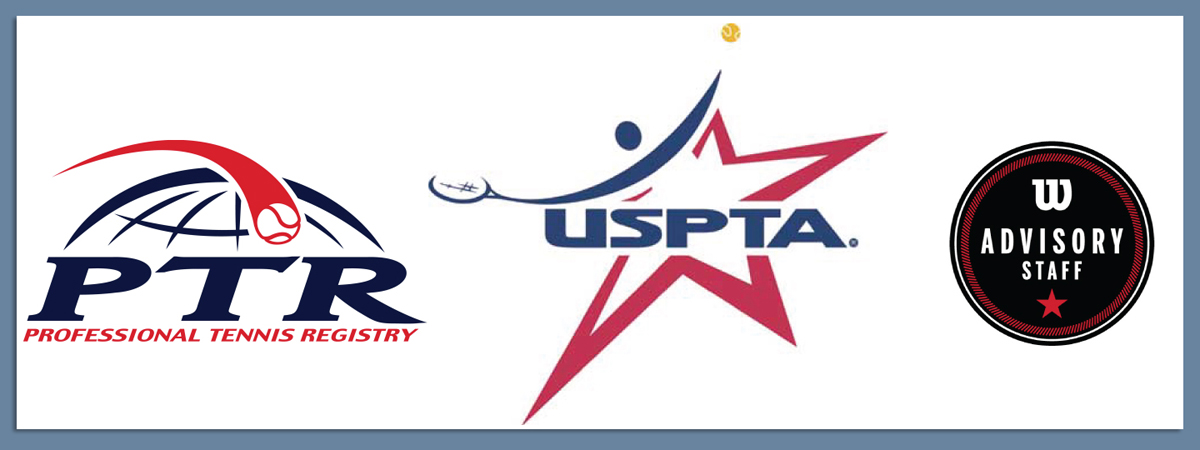The Serve
THREE TYPES OF SERVES
There are basically three areas of the service box to hit into. Each of these areas has advantages and disadvantages…
- Wide toward the alley
When hitting wide serves you pull your opponent off the court, leaving you more open court for your next shot. You must remember that “hitting an angle creates and angle,” so be prepared for a shorter, sharper return.
- Into the body
Hitting into the body keeps your opponent from being able to step into the ball and hit an offensive return. This will force a weak return so that you can control the point or knock off a winning volley if you have followed your serve to the net.
- Down the center service line
A serve hit down the center service line limits the angles your opponent has on the return. Many times you will get a ball back down the middle of the court so that you can then hit to your opponent’s weakness. Knowing the most likely return of each serve can help you in planning your attack on each point. By using a game plan where you consciously place your serves, your anticipation will increase as you see the point develop. Next time you are wondering how to hold serve in a crucial game, think of the return you are trying to get from your opponent, then place the serve accordingly.
THE SECOND SERVE
Pick any key point during a match and most tennis players will be more nervous on the second serve than on any other shot. “When a match gets tight, I get tense and nervous when serving my second serve.” One of my favorite quotes in tennis “you’re only as good as your 2nd serve” should be your mantra.
PROBLEMS WITH THE SECOND SERVE
If I had to pick one “theme” it would be that too often, the first serve looks very different from the second serve. In virtually every facet of the stroke; the motion, the toss, swing speed, the type of serve hit, the second serve looks different. We have all seen the player who has a full wind-up on the first serve and blasts it. Then, on the second serve, use an abbreviated motion and simply “push” the ball. Ideally you want the first and second serves to look more similar to camouflage your intentions. This makes it easier to keep your opponent guessing.
HOW TO HIT YOUR SECOND SERVE
A good starting point is to think of your first and second serves as more similar than different. The real difference is the angle of attack to the ball. Once you do this, there will be more common denominators between the two. Then it makes the technical aspects easier. Let us take a look at them.
- FEET POSITION: Keeping the feet still during the second serve promotes better balance. Any time you are executing an upper body motion like that, it helps to stabilize the feet. Think of a pro football quarterback, would he rather pass while running or when he has a chance to plant his feet? I often see players with a lot of lower body movement on their second serve and I know immediately they are going to have problems under pressure. Because we are naturally tighter on the second serve any way; add to that, extra lower body movement and the end result is a very tense serve. Remember stabilizing the feet does not preclude bending the knees or arching your back if that is what you prefer. It means simply keeping the feet still.
- RACQUET STARTING POSITION: I always advocate starting the serve by supporting the racquet head with the ball tossing hand in some form. It allows you to relax your hitting hand on the grip. I also feel it helps with the timing of your motion by having the ball tossing hand and racquet hand begin from the same area. However, the key point again is that whatever you do on your first serve, try to repeat when hitting a second serve.
- BALL TOSS: Simply because of the situation, the second serve ball toss is often going to be lower than the first serve toss. This is because we are often more nervous and tighter on the second serve. When you are physically tense, the natural tendency is to toss the ball lower. If the ball toss is too low when striking the ball, you’ll likely get less racquet head speed, pace, spin, and most likely depth on the second serve.

